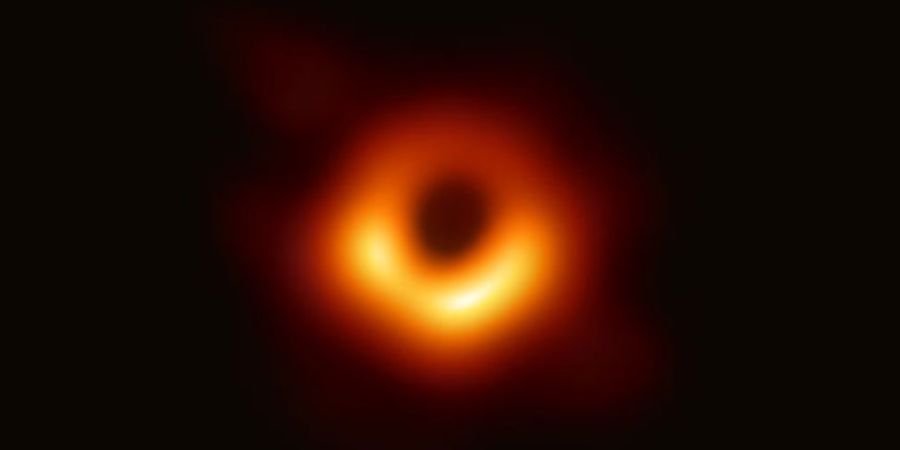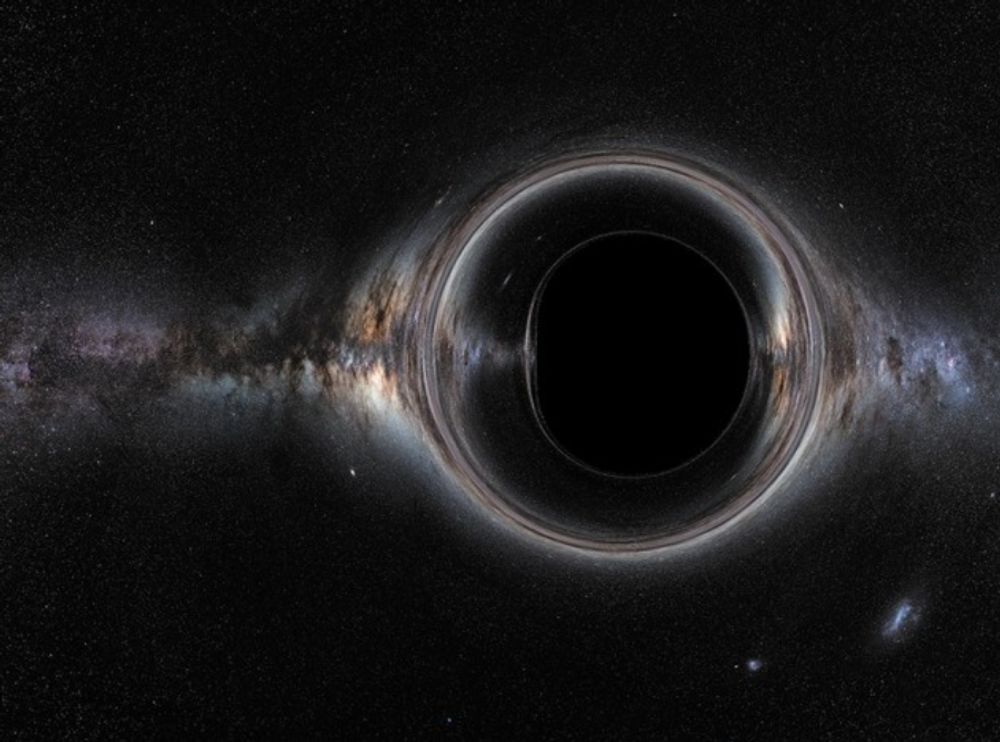

Try not to allow the name to trick you: a dark opening is everything except void space. Rather, it is a lot of issue pressed into a tiny region - consider a star multiple times more huge than the Sun got into a circle roughly the measurement of New York City. The outcome is a gravitational field areas of strength for so nothing, not even light, can get away. As of late, NASA instruments have illustrated these unusual items that are, to many, the most captivating articles in space.
The possibility of an article in space so huge and thick that light couldn't get away from it has been around for quite a long time. Most broadly, dark openings were anticipated by Einstein's hypothesis of general relativity, which showed that when an enormous star bites the dust, it abandons a little, thick leftover center. In the event that the center's mass is more than multiple times the mass of the Sun, the conditions showed, the power of gravity overpowers any remaining powers and creates a dark opening.

Researchers can't straightforwardly notice dark openings with telescopes that recognize x-beams, light, or different types of electromagnetic radiation. We can, notwithstanding, deduce the presence of dark openings and study them by distinguishing their impact on other matter close by. In the event that a dark opening goes through a haze of interstellar matter, for instance, it will draw matter internal in a cycle known as growth. A comparable cycle can happen on the off chance that a typical star passes near a dark opening. For this situation, the dark opening can destroy the star as it pulls it toward itself. As the pulled in issue speeds up and warms up, it emanates x-beams that transmit into space. Late revelations offer some tempting proof that dark openings affect the neighborhoods around them - discharging strong gamma beam explodes, eating up adjacent stars, and prodding the development of new stars in certain areas while slowing down it in others.
ONE STAR'S ENDIS A BLACK HOLES'S BEGINNING.
Most dark openings structure from the leftovers of an enormous star that kicks the bucket in a cosmic explosion blast. (More modest stars become thick neutron stars, which are not sufficiently monstrous to trap light.) If the absolute mass of the star is adequately huge (multiple times the mass of the Sun), it tends to be demonstrated hypothetically that no power can hold the star back from falling affected by gravity. Be that as it may, as the star implodes, something weird happens. As the outer layer of the star approaches a fanciful surface called the "occasion skyline," time on the star eases back comparative with the time kept by eyewitnesses far away. At the point when the surface arrives at the occasion skyline, time stops, and the star can implode no more - it is a frozen falling item.


